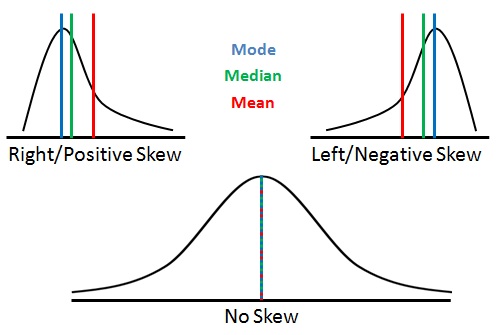In-depth interview is an intensive and searching interview aiming at studying the respondent’s opinion, emotions or convictions on the basis of an interview guide. Conducting an in-depth interview requires much more training on inter-personal skills than structured interview. This deliberately aims to elicit unconscious as well as extremely personal feelings and emotions. In-depth interview is generally a lengthy procedure designed to encourage free expression of affectively charged information. It requires probing. The interviewer should totally avoid advising or showing disagreement. Of course, he should use encouraging expressions like “uh-huh” or “I see” to motivate the respondent to continue narration. Some times the interviewer has to face the problem of affections, i.e. the respondent may hide expressing affective feelings. The interviewer should handle such situation with great care. Many researchers don’t know how to conduct an in-depth interview well. Here are some tips for conducting more effective in-depth interviews. Start theContinue reading
Research Methodology
Interview Method of Data Collection in Research
Interview is one of the popular methods of research data collection. The term interview can be dissected into two terms as, ‘inter’ and ‘view’. The essence of interview is that one mind tries to read the other. The interviewer tries to assess the interviewed in terms of the aspects studied or issues analyzed. Purpose and Importance of Interview The main purpose of interview as a tool of data collection, is to gather data extensively and intensively. As Pauline.V Young pointed out that the objectives of the interview may be exchange of ideas and experiences, eliciting of information pertaining to a very wide range of data in which the interviewee may wish to rehearse his past, define his present and canvass his future possibilities. Thus, in brief, the objectives of interviewee are two fold: To exchange ideas and experience and To elicit information. The importance of interview may be known throughContinue reading
Extrapolative Forecasting
In extrapolative forecasting we predict the future by extrapolating a historical trend. What has happened in the past determines what is forecast for the future [with other forecasting methods, such as exploratory forecasting, this need not be so. For example, with exploratory forecasting we can explore revolutionary, as well as evolutionary, scenarios]. In some circumstances it is right to use extrapolative forecasting. In other cases different approaches might be more suitable. It is not an appropriate approach to use in a new product/ new business situation, or in situations where circumstances have radically changed, and the past is no guide to the future. Any time series [a series of numbers recording past events] will have been produced by the interaction of a number of variables. For example, a time series of a company’s past profits will have been produced by a complex process, which involves an interaction between multiple revenueContinue reading
Research Variables – Dependent and Independent Variables
Research is the foundation of any science, including both hard sciences such as physics, chemistry and the social sciences such as psychology, management and education. The steps and process involved in the research can vary depending on the type of research being done and the hypothesis being tested. Research methods such as Naturalistic observation and surveys are often less structured, where as experimental methods are more structured. Depending upon what is observed or experienced, new theories are developed. There are aspects of a theory or aspects of a study that can change or vary as part of interaction within the theory, defined as variables. Variables are anything that can change of effect the results of a study. In an experimental method, the experiment is conducted by changing the value of one variable and measuring the changes in another variable while holding or assuming surroundings constant. There is no limit toContinue reading
Measures of Central Tendency and Variability
Central tendency is a statistical measure that identifies a single score as representative of an entire distribution of scores. The goal of central tendency is to find the single score that is most typical or most representative of the entire distribution. Unfortunately, there is no single, standard procedure for determining central tendency. The problem is that there is no single measure that will always produce a central, representative value in every situation. There are three main measures of central tendency: the arithmetical mean, the median and the mode. The mean of a set of scores (abbreviated M) is the most common and useful measure of central tendency. The mean is the sum of the scores divided by the total number of scores. The mean is commonly known as the arithmetic average. The mean can only be used for variables at the interval or ratio levels of measurement. The meanContinue reading
Hypothesis and Procedure for its Testing
A hypothesis is an assumption about relations between variables. It is a tentative explanation of the research problem or a guess about the research outcome. Before starting the research, the researcher has a rather general, diffused, even confused notion of the problem. It may take long time for the researcher to say what questions he had been seeking answers to. Hence, an adequate statement about the research problem is very important. What is a good problem statement? It is an interrogative statement that asks: what relationship exists between two or more variables? It then further asks questions like: Is A related to B or not? How are A and B related to C? Is a related to B under conditions X and Y? Proposing a statement pertaining to relationship between A and B is called a hypothesis. Procedure for Testing Hypothesis To test a hypothesis means to tell (on theContinue reading


